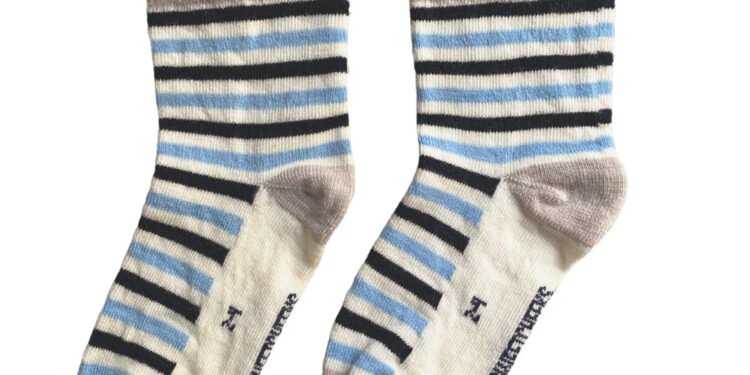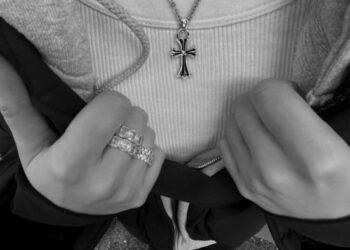Let’s face it — baby skin is a whole different story. It’s soft, fragile, and somehow always irritated. One minute they’re cozy, and the next? Red ankles. Dry patches. Fussing. It’s enough to make any parent second-guess even the tiniest wardrobe choices.
And that’s where wool infant socks come into the conversation—not as some trendy accessory, but as a genuinely smart solution backed by both science and, well, a lot of relieved parents.
What’s Really Going On With Baby Skin?
Newborn skin is kind of a mess in the beginning. It’s still figuring itself out. It’s thinner than adult skin, lacks a strong protective barrier, and loses moisture like nobody’s business. Add in the friction from socks or booties that don’t breathe, and you’ve got a recipe for irritation.
So, when your little one’s toes start looking blotchy or dry for no clear reason, the culprit might not be allergies or detergent—it could just be the wrong socks.
Wait… Wool? Isn’t That Itchy?
Ah, the classic wool myth. People hear “wool” and instantly imagine that stiff, scratchy scarf they swore off in high school. But that’s not what we’re talking about here. These are merino wool socks — think buttery-soft, fine-as-a-hair kind of wool. No itch. No scratch. Just soft, breathable warmth that babies (and dermatologists, by the way) are really into.
Turns out, merino’s structure is naturally hypoallergenic, and unlike synthetic fibers, it doesn’t trap sweat against the skin. Which means fewer clammy feet. And fewer flare-ups. Simple as that.
A Quick Detour into the Science Bit
If you ask a dermatologist—off the record, between appointments—they’ll likely tell you the same thing: fabrics matter more than you think. In fact, a few studies (yes, real ones) have shown that superfine wool like merino can actually improve skin conditions like eczema in children.
How? For one, it manages moisture incredibly well. Wool pulls sweat away from the skin, keeping the surface dry and calm. That alone can make a big difference when you’ve got sensitive little feet tucked into socks most of the day.
Let’s Talk Temperature (Because Babies Can’t)
You know how babies always seem either too hot or too cold? There’s barely any in-between. That’s because their internal thermostat is still under construction. They can’t regulate temperature well, which makes breathable clothing a must.
Wool infant socks, especially merino, help bridge that gap. They insulate when it’s chilly and release heat when it’s warm. So whether it’s naptime on a winter morning or stroller walks in spring, their toes stay just-right cozy. No overheating. No cold sweats. And definitely fewer rashes.
Real Talk: Parents Are Catching On
It’s not just dermatologists who are paying attention. Scroll through any parenting forum or ask around at your next mum group meetup—someone will probably bring up wool socks. Not in a preachy way, just in a “Hey, these really helped with our baby’s rashy feet” kind of way.
Especially in places like Australia, where merino wool clothing is a bit of a national treasure, the shift to natural babywear is picking up steam. It’s less about fashion and more about comfort and care.
So… Are Wool Socks Some Kind of Miracle?
Of course not. Babies are still babies—spit-ups, growth spurts, and all. But swapping out tight, synthetic socks for soft, breathable wool? That’s an easy win. No special routines. No complicated creams. Just a simple, thoughtful choice that works with your baby’s skin, not against it.
If you’ve tried every lotion and still see those red marks around your baby’s ankles… maybe the answer isn’t in a bottle. Maybe it’s in the sock drawer.
And hey, if you’re already buying merino wool clothing in Australia, you’re halfway there. The good stuff’s right in your backyard. Just make sure it’s pure, high-quality, and designed for baby skin—not all wool is created equal.



